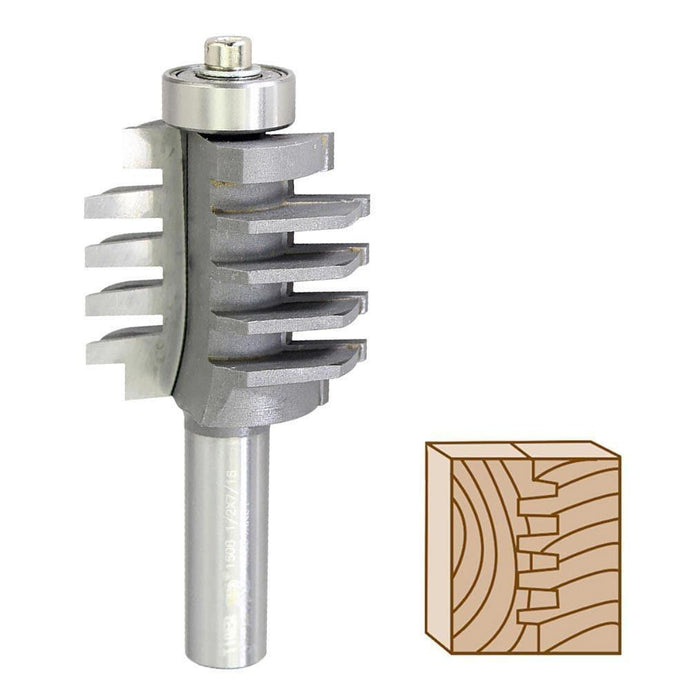Exploring the Intricate World of Finger Joints: Types and Applications
Finger joints, also known as finger joints, play a crucial role in the world of woodworking and carpentry. These joints, designed to join two pieces of wood together, are celebrated for their strength, aesthetic appeal, and functional benefits. Each type of finger joint serves distinct purposes and offers various advantages, making them indispensable in crafting durable and visually pleasing wood projects.
The finger joint, often referred to as a box joint, is a classic example of woodworking ingenuity. Characterized by its interlocking, rectangular projections and recesses, this joint provides exceptional strength and stability. The design consists of evenly spaced notches that fit together like puzzle pieces. The primary advantage of the finger joint is its ability to distribute stress evenly along the joint, reducing the likelihood of failure under pressure. It is commonly used in constructing boxes, drawers, and other wooden containers where both strength and appearance are paramount.
Another prominent type of finger joint is the dovetail joint, revered for its remarkable strength and resistance to pulling forces. The dovetail joint features a series of interlocking, wedge-shaped projections that create a mechanically strong connection. The beauty of the dovetail joint lies not only in its functionality but also in its visual appeal. The joint's intricate pattern is often left exposed, adding a touch of elegance to fine furniture pieces, cabinets, and high-quality woodworking projects. The dovetail joint is particularly favored in traditional and heirloom furniture, where durability and craftsmanship are valued.
For projects that require a more straightforward approach, the straight or edge finger joint comes into play. This type of joint involves simple, straight cuts that align perfectly when the two pieces of wood are joined. Straight finger joints are known for their ease of construction and strong bonding, making them a popular choice for projects where complex aesthetics are not required. This joint is often used in applications like edge-to-edge gluing, where the primary focus is on creating a strong and reliable connection between flat surfaces.
The comb joint, also known as the finger-and-comb joint, is a variation that features a series of alternating, comb-like projections and recesses. This joint offers a combination of strength and visual interest, with its distinct pattern making it a unique choice for certain woodworking projects. The comb joint is particularly useful in applications where a decorative touch is desired, such as in cabinetry or decorative boxes. Its design provides a strong bond while adding an element of sophistication to the finished piece.
In addition to these traditional finger joints, modern woodworking techniques have introduced variations such as the tapered finger joint. This joint involves creating tapered, angled cuts that allow the two pieces of wood to fit together securely. The tapered finger joint is often used in scenarios where precise alignment and strength are crucial, such as in furniture assembly or structural components. The tapering effect helps to enhance the joint's strength while maintaining a clean and seamless appearance.
Each type of finger joint has its specific advantages and applications, allowing woodworkers to choose the most appropriate joint based on the project's requirements. Factors such as the type of wood, intended use, and desired aesthetic all play a role in determining the best joint for a given task. The craftsmanship involved in creating these joints requires precision and skill, ensuring that the final product is not only functional but also visually pleasing.
While finger joints are often celebrated for their strength and durability, they also offer versatility in design. The various types of finger joints allow woodworkers to experiment with different patterns and configurations, resulting in unique and customized pieces. Whether constructing a simple box or an intricate piece of furniture, the choice of finger joint can significantly impact the overall quality and appearance of the finished product.
In summary, the world of finger joints encompasses a range of designs and techniques, each offering distinct advantages and applications. From the classic interlocking finger joint to the elegant dovetail joint and beyond, these joints provide woodworkers with the tools to create strong, durable, and visually appealing wooden structures. By understanding the characteristics and benefits of each type, craftsmen can make informed decisions and elevate their woodworking projects to new levels of excellence.



